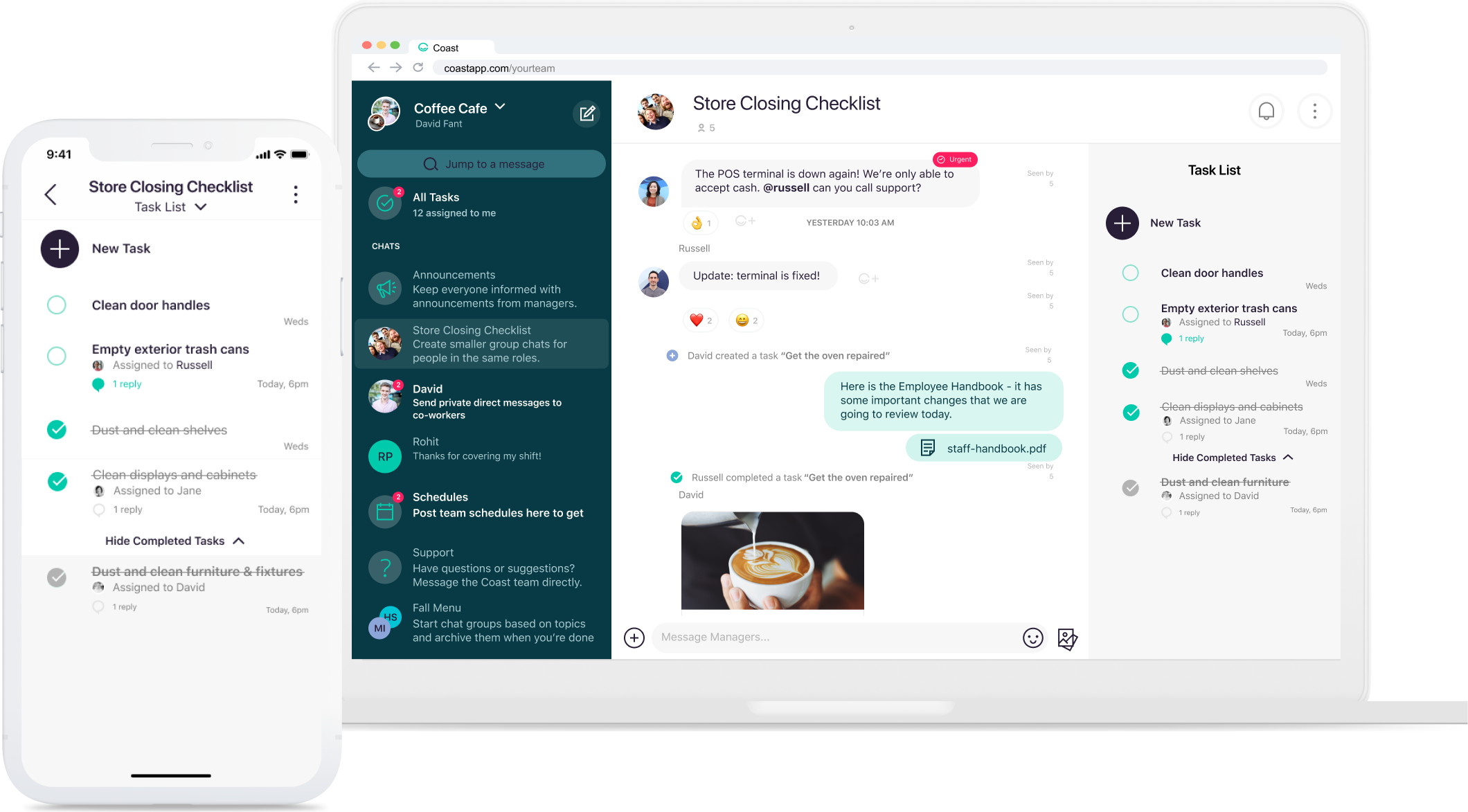Save, edit or create custom templates like this with Coast.
Try Coast for FreeIntro
A daily COVID-19 child care center checklist will help ensure that you’re following all the proper health and cleaning guidelines. Use this checklist to limit the spread of COVID-19 and to create safe spaces for children and staff members.
Download Template
Excel
Disclaimer
Coast and their collaborators provide this resource as a service to the public. Coast and their collaborators’ are not responsible for, and expressly disclaims all liability for, damages of any kind arising out of use, reference to, or reliance on any information contained within this website.
Please note that this template is provided as an example only. It does not replace your own diligence & research, including workplace, health and safety or other applicable laws. You should seek professional advice to determine if the use of this resource is appropriate or permissible in your workplace or jurisdiction.




